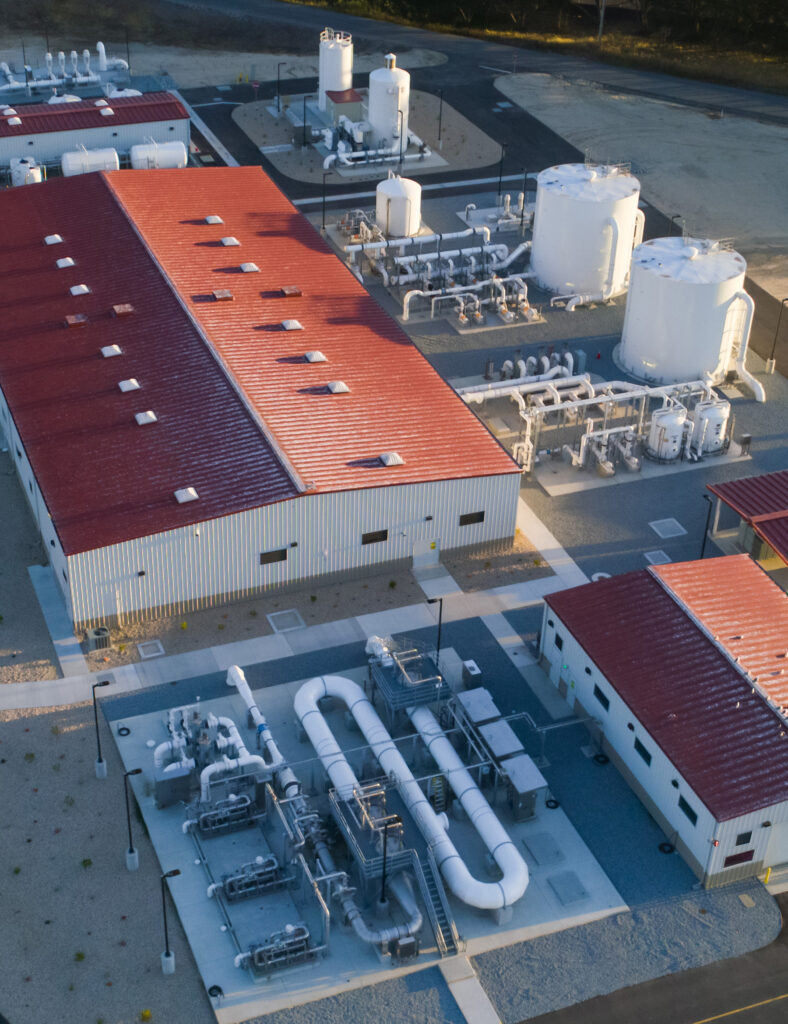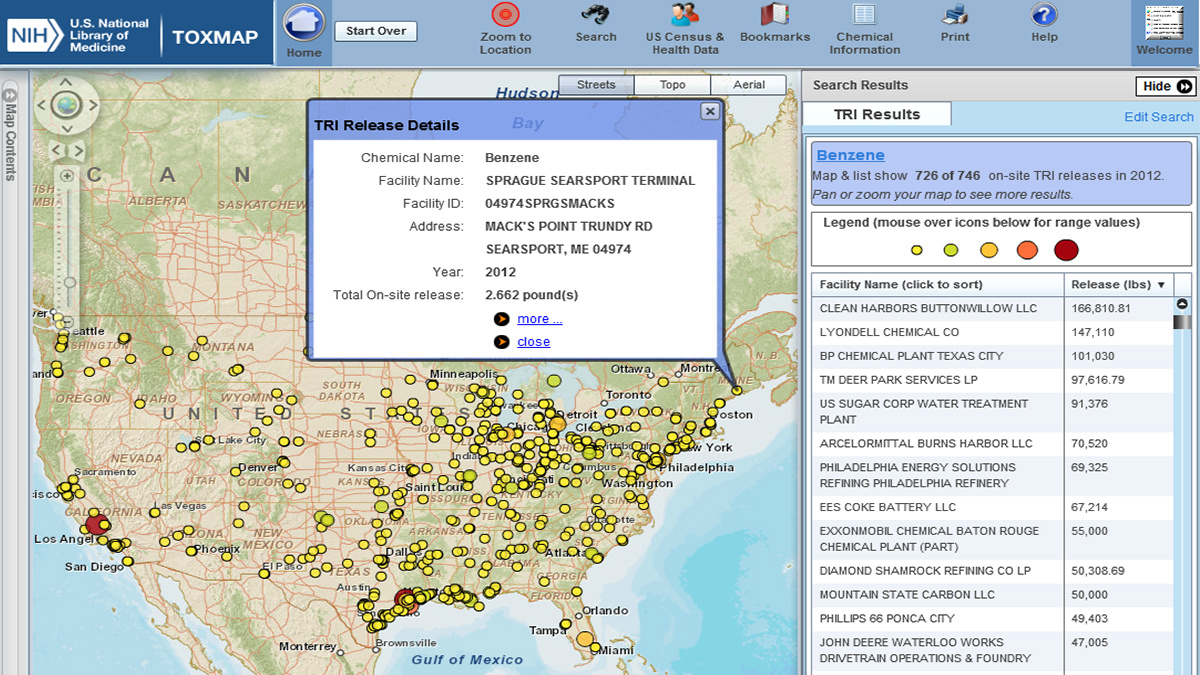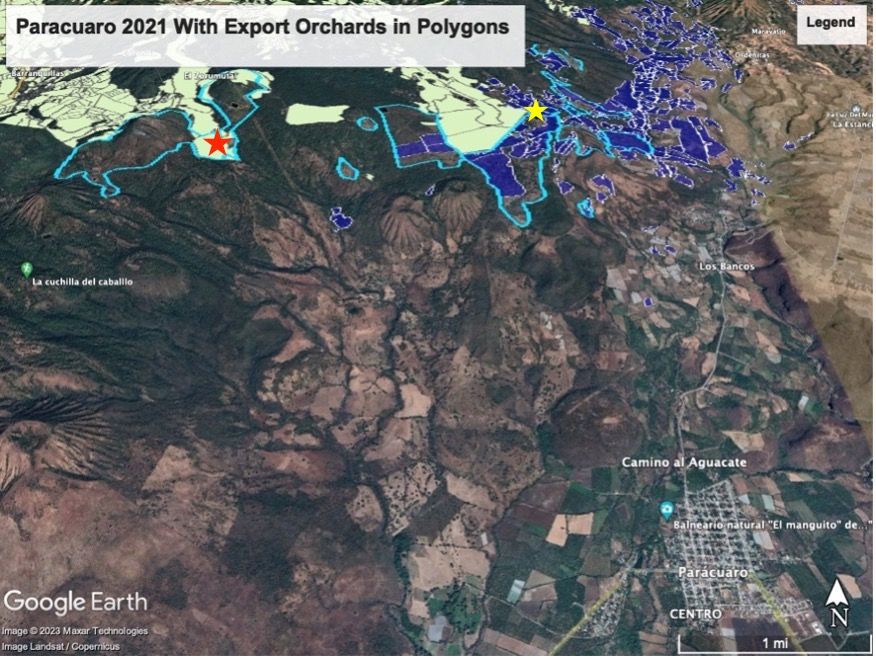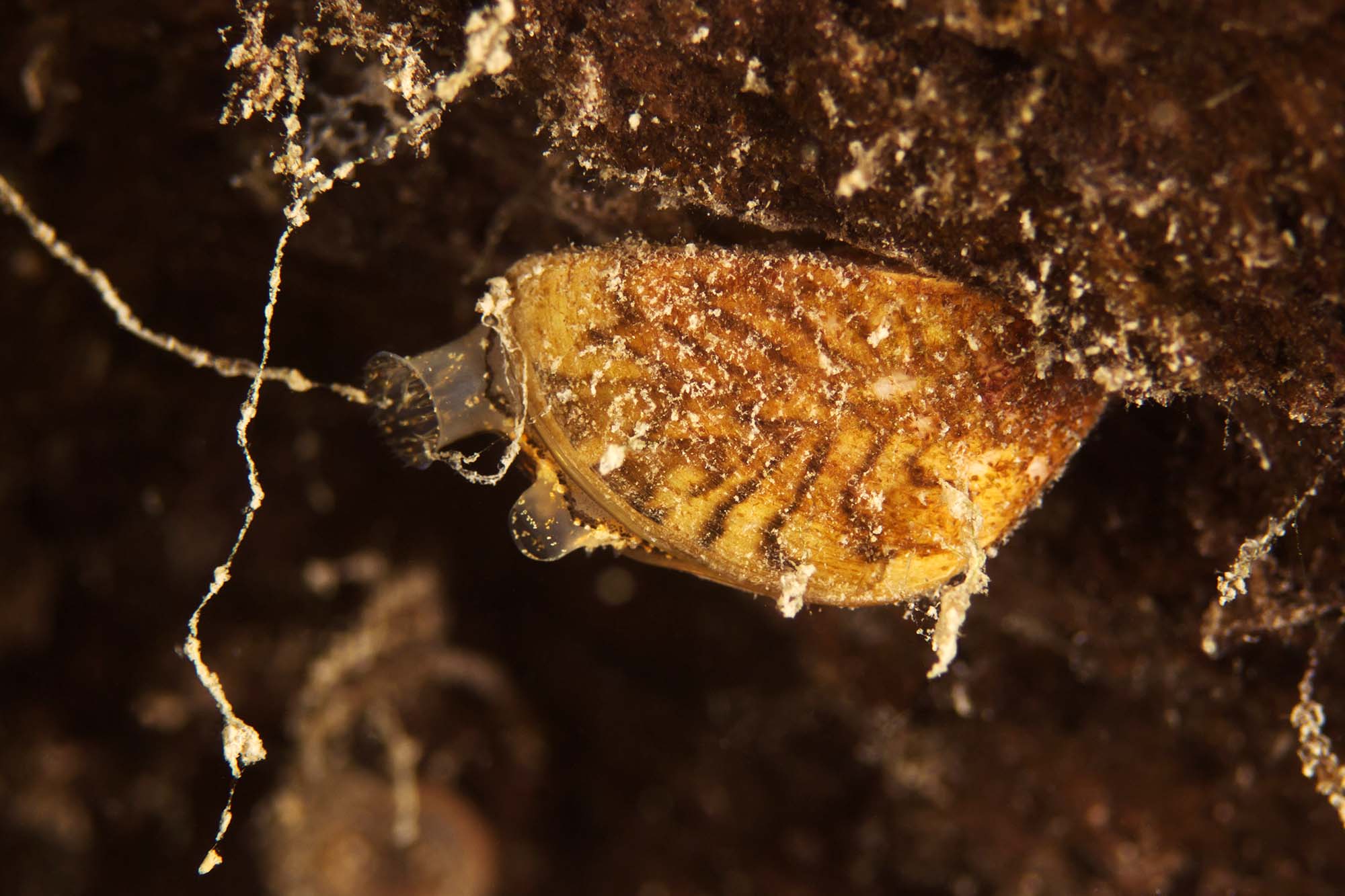Report on Water Supply Initiatives and Governance in the Monterey Peninsula
Introduction: Pursuing Sustainable Water Management
The Monterey Peninsula is currently navigating several parallel initiatives aimed at securing a long-term, sustainable water supply, directly addressing the United Nations Sustainable Development Goals (SDGs). These efforts focus on infrastructure development, resource management, and institutional governance, reflecting a comprehensive approach to achieving SDG 6: Clean Water and Sanitation and SDG 11: Sustainable Cities and Communities.
Key Water Supply Projects and Associated Challenges
Cal Am Desalination Project: A Case of Regulatory and Institutional Complexity
A significant initiative is the California American Water (Cal Am) desalination project in Marina. This project highlights the challenges in aligning infrastructure development with regulatory frameworks, a key aspect of SDG 16: Peace, Justice and Strong Institutions.
- Regulatory Discrepancy: A conflict exists between approvals from two state agencies.
- The California Public Utilities Commission (CPUC) approved a 6.4 million gallons-per-day (mgd) project in 2018.
- The California Coastal Commission approved a smaller 4.8 mgd project in 2022, which is the capacity Cal Am intends to construct initially.
- Legal and Economic Concerns: In response to the ambiguity created by these differing approvals, a coalition of public agencies, including the Monterey Peninsula Water Management District (MPWMD), the Marina Coast Water District, and the City of Marina, has taken action.
- On September 22, the agencies filed a motion requesting the CPUC set aside its August 14 approval of the region’s 2050 water supply and demand projections.
- The motion cites unresolved issues concerning the project’s impact on ratepayers and financial responsibility for potential excess water supply, which are critical for ensuring equitable access under SDG 6.
- This legal step preserves the agencies’ right to future litigation, underscoring the complex governance landscape.
Pure Water Monterey Expansion: A Milestone for Water Recycling
In contrast to the contentious desalination project, the Pure Water Monterey expansion represents a significant advancement in sustainable water reuse, directly contributing to SDG 12: Responsible Consumption and Production.
- Increased Capacity: The project is set to increase its output of purified recycled water from 5 mgd to 7.6 mgd.
- Sustainable Resource Management: This expansion enhances the region’s water portfolio by injecting highly purified water into the Seaside Basin, reducing reliance on traditional water sources and promoting a circular economy model for water resources, a core tenet of SDG 6.
- Official Inauguration: A ribbon-cutting ceremony is scheduled for October 2 to mark the completion of this critical infrastructure upgrade.
Governance and Future Outlook
The overarching water strategy involves both infrastructure development and shifts in governance. These efforts are fundamental to creating resilient systems as envisioned by SDG 11 and SDG 17: Partnerships for the Goals.
Strategic Objectives
- Public Ownership Initiative: The MPWMD is actively pursuing the acquisition of Cal Am’s local water system through ongoing litigation. This move aims to place a critical public utility under local public control, potentially enhancing accountability and alignment with community sustainability goals.
- Lifting of Regulatory Sanctions: A primary goal for the MPWMD is to persuade the State Water Board to lift its cease-and-desist order against Cal Am. The removal of this order is seen as a necessary step to allow for the installation of new water meters and enable more effective management and conservation, thereby supporting the objectives of SDG 6 by ensuring the sustainable withdrawal and supply of freshwater.
Analysis of Sustainable Development Goals in the Article
1. Which SDGs are addressed or connected to the issues highlighted in the article?
-
SDG 6: Clean Water and Sanitation
This is the most central SDG to the article. The entire text revolves around securing a stable and sufficient water supply for the Monterey Peninsula. It discusses various methods like desalination (“Cal Am’s effort to build a desalination project”) and water recycling (“the Pure Water Monterey expansion”) to ensure water availability for the community.
-
SDG 9: Industry, Innovation, and Infrastructure
The article focuses on the development of critical water infrastructure. The construction of a new desalination plant and the expansion of a water recycling facility are significant infrastructure projects aimed at creating a resilient and sustainable water supply system for the region.
-
SDG 11: Sustainable Cities and Communities
The efforts described are fundamental to making the Monterey Peninsula a sustainable and resilient community. A secure water supply is essential for the well-being of its residents (“ratepayers”) and for future development, which is currently hampered by a state-issued “cease-and-desist order.”
-
SDG 12: Responsible Consumption and Production
The expansion of the Pure Water Monterey project, which increases the amount of recycled water, directly relates to this goal. Water recycling is a key strategy for the sustainable management and efficient use of a natural resource, reducing reliance on traditional freshwater sources.
-
SDG 17: Partnerships for the Goals
The article illustrates the complex interactions between multiple stakeholders, including a private company (Cal Am), public agencies (MPWMD, Marina Coast Water District, City of Marina), and regulatory bodies (CPUC, California Coastal Commission, State Water Board). The ongoing litigation and regulatory processes highlight the challenges and importance of collaboration to achieve sustainable water management.
2. What specific targets under those SDGs can be identified based on the article’s content?
-
Target 6.3: Improve water quality by increasing recycling and safe reuse.
The article directly addresses this target through its discussion of the “Pure Water Monterey expansion.” This project explicitly increases the volume of recycled water, which is then injected into the Seaside Basin, demonstrating a commitment to water reuse as a core part of the region’s water supply strategy.
-
Target 6.4: Substantially increase water-use efficiency and ensure sustainable withdrawals and supply of freshwater.
The entire narrative is about ensuring a sustainable supply of water to address scarcity. The development of both desalination and recycled water projects is a direct response to the need to create a new, sustainable water supply and move away from over-reliance on existing sources, which prompted the state’s “cease-and-desist order.”
-
Target 6.5: Implement integrated water resources management at all levels.
The article exemplifies the challenges of integrated water management. It details the involvement of multiple entities—MPWMD, Cal Am, Marina Coast Water District, the City of Marina, and various state commissions—all involved in the decision-making process for the peninsula’s water supply. The legal motions and regulatory approvals are part of this complex management process.
-
Target 9.1: Develop quality, reliable, sustainable and resilient infrastructure.
The desalination project and the recycled water facility are key pieces of infrastructure being developed to provide a reliable and resilient water supply for the community. The debate over the project’s size (“a 6.4 million gallons-per-day project” vs. “a 4.8 mgd project”) reflects the planning process for this critical infrastructure.
-
Target 12.2: Achieve the sustainable management and efficient use of natural resources.
The Pure Water Monterey project, which treats and reuses water, is a prime example of achieving more efficient use of water resources. By increasing the capacity of this facility, the region is actively pursuing sustainable management of its water.
3. Are there any indicators mentioned or implied in the article that can be used to measure progress towards the identified targets?
-
Volume of treated and reused wastewater
The article provides specific quantitative data for this indicator. It states that the Pure Water Monterey expansion brings the project “up from 5 million gallons-per-day to 7.6 mgd of purified water.” This directly measures progress towards Target 6.3.
-
Capacity of new water supply infrastructure
The article mentions the planned capacity of the desalination plant, noting the discrepancy between the CPUC’s approval of a “6.4 million gallons-per-day project” and the Coastal Commission’s approval of a “4.8 mgd project.” These figures serve as indicators for the scale of new infrastructure being developed under Target 9.1.
-
Lifting of water use restrictions
An implied indicator is the status of the State Water Board’s “cease-and-desist order.” The MPWMD General Manager’s goal is to convince the board to lift the order, which would allow residents to “install new water meters.” The removal of this restriction would be a clear indicator of progress in securing a sustainable water supply.
4. Summary Table of SDGs, Targets, and Indicators
| SDGs | Targets | Indicators |
|---|---|---|
| SDG 6: Clean Water and Sanitation | 6.3: Improve water quality by increasing recycling and safe reuse. 6.4: Ensure sustainable withdrawals and supply of freshwater. 6.5: Implement integrated water resources management. |
Volume of recycled water produced (increased from 5 mgd to 7.6 mgd). Lifting of the State Water Board’s cease-and-desist order. |
| SDG 9: Industry, Innovation, and Infrastructure | 9.1: Develop quality, reliable, sustainable and resilient infrastructure. | Capacity of the new desalination project (planned for 4.8 mgd to 6.4 mgd). |
| SDG 11: Sustainable Cities and Communities | Ensuring basic services like water supply for community resilience. | Ability for ratepayers to install new water meters, indicating sufficient supply for community needs. |
| SDG 12: Responsible Consumption and Production | 12.2: Achieve the sustainable management and efficient use of natural resources. | Increased capacity of the Pure Water Monterey recycled water project (to 7.6 mgd). |
| SDG 17: Partnerships for the Goals | Strengthening partnerships between public and private sectors. | Resolution of litigation and regulatory approvals involving MPWMD, Cal Am, CPUC, and other agencies. |
Source: montereycountynow.com







